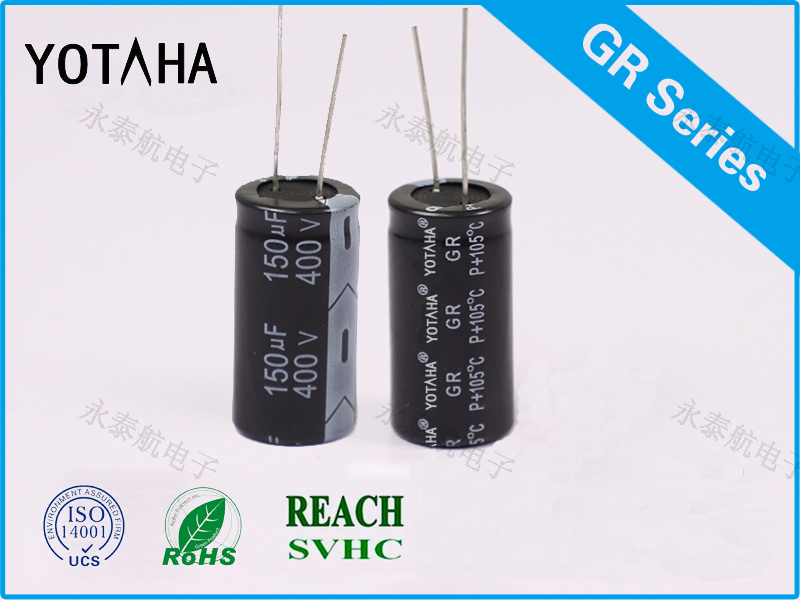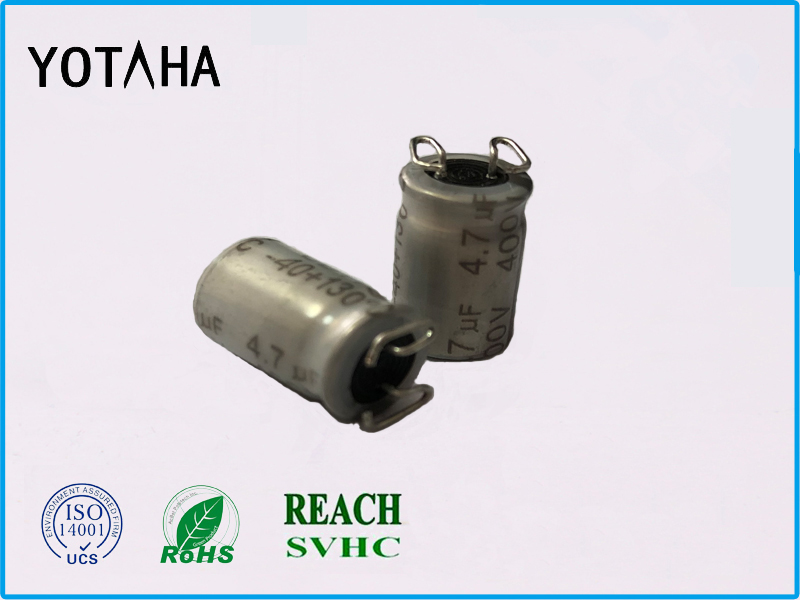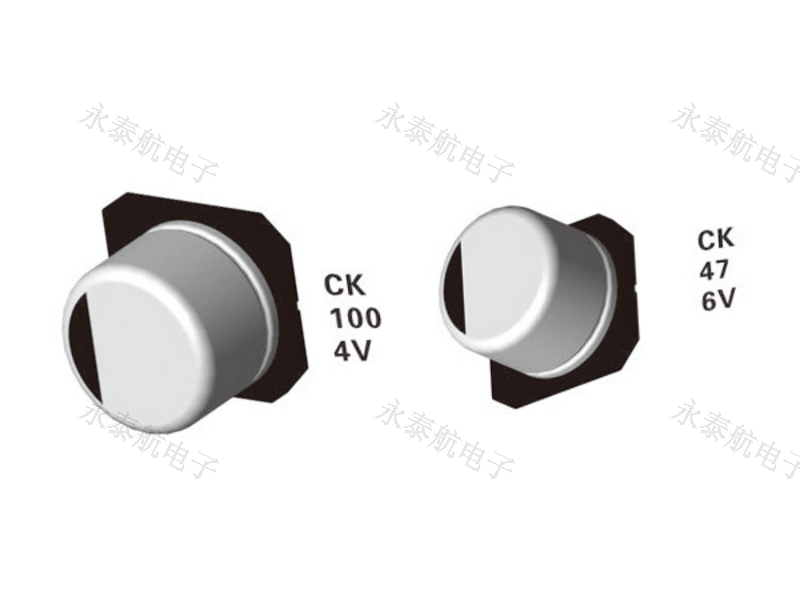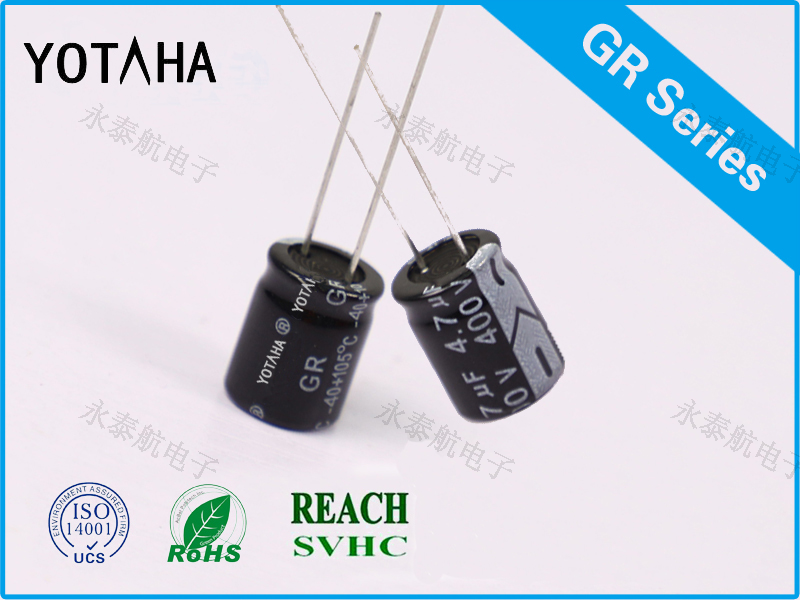1. Ripple current value in control work
Aluminum electrolytic capacitors are used in pulsating circuits. The main factor causing power consumption and heating up is the ripple current (the ripple voltage for capacitors with smaller capacity). Generally, the failure rate and temperature curve provided are mostly in The measurement under ripple-free DC voltage only considers the leakage current, and the core temperature is almost the same as the ambient temperature. However, in practical applications, the heat generated by the ripple current can cause the core temperature to rise, reaching several tens of degrees Celsius at the highest. (The temperature rise of the core depends on the ambient temperature of the electrolytic capacitor and the control of the ripple current). Therefore, the high ripple current easily causes the electrolyte of the core to dry up and the capacitor fails early. At the same time, the long-term ripple current exceeds the specified value, which is also one of the factors that cause the capacitor explosion-proof valve to open.
2. Choose a capacitor with a smaller leakage current value
As a long-life electrolytic capacitor, in addition to the consideration of the above four additional factors, a capacitor of the same type with a particularly small leakage current must be selected in the selection. This shows that it has a higher quality oxide film and a suitable working electrolyte. Once the ambient temperature is high, the corresponding leakage current increases slowly. Otherwise, in the case of mutual influence, when the leakage current increases sharply, the internal temperature will rise, which in turn will cause the leakage current to rise again, and it will deteriorate until the thermal balance is lost and destroyed.
3. Lower the upper limit of the rated voltage
Lowering the upper limit of the rated voltage, that is, reducing the working field strength of the dielectric oxide film, will be applicable to electrolytic capacitors. After the load is reduced by half, the life of the capacitor can be increased by as much as 2 orders of magnitude.
In fact, if the aluminum oxide film is damaged or corroded, the repair of the oxide film can only be carried out under the highest working voltage, and it is difficult to restore the oxide film thickness under the original formed voltage value. Therefore, excessively reducing the working voltage will affect the aluminum electrolytic capacitor. It is not the most appropriate measure.
4. Lower the ambient temperature
Lower the ambient temperature so that the electrolytic capacitor does not work at the upper limit temperature. In addition, the heating effect of the capacitor itself must be considered. This is particularly important for liquid electrolyte products. If a high temperature is generated, the leakage current will increase sharply, the gas will increase, and the shell will be in a state of rapid increase in internal pressure; in addition, the high temperature can accelerate the drying of the electrolyte and relatively shorten the product life. Therefore, for electrolytic capacitors requiring long life, the operating temperature should be controlled below 50°C, so that the corresponding life can be increased by about 1 to 2 orders of magnitude. For example, a computer capacitor that can work for 20 years at 45°C can only work for 1 to 2 years at 85°C. If it needs to be applied to the upper limit temperature (85℃), the core temperature of the capacitor should not exceed 95℃, and it depends on the nature of the selected working electrolyte. This high temperature effect is not as serious for solid tantalum capacitors as aluminum electrolytic capacitors, but it is certainly harmful.






